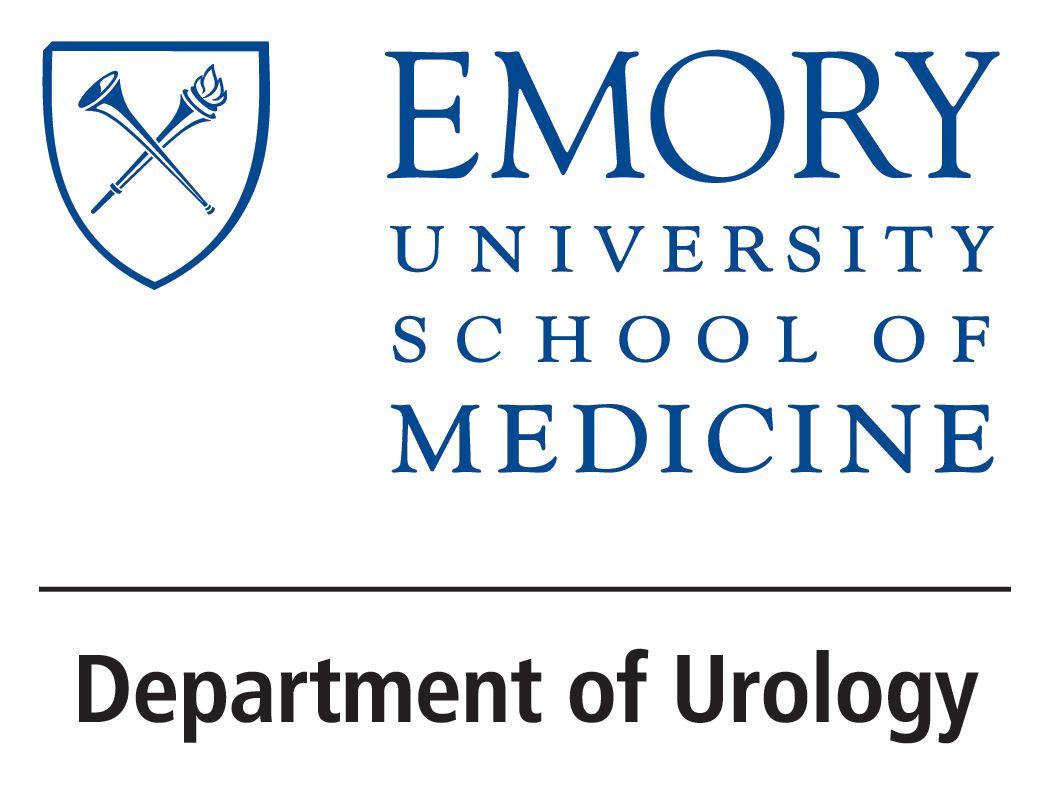
Dr. Narayan on predicting response to nadofaragene firadenovec using uMRD

“We looked at MRD negative patients, MRD positive patients, and their ultimate clinical response to see if it could be predictive of recurrence-free survival,” says Vikram M. Narayan, MD.
In this video, Vikram M. Narayan, MD, shares the background and key findings from the study, “Urinary minimal residual disease detection predicts recurrence in BCG-unresponsive NIMBC and quantifies molecular response to nadofaragene firadenovec.” Narayan is a urologic oncologist at Emory University Winship Cancer Institute in Atlanta, Georgia.
Video Transcript:
The abstract's title is "Urinary minimal residual disease detection predicts recurrence in BCG-unresponsive patients and quantifies molecular response to nadofaragene firadenovec.” So, little bit of background, nadofaragene is an intravesical gene therapy drug. It was approved by the FDA last year for BCG-unresponsive non–muscle-invasive bladder cancer. It uses an adenovirus to deliver interferon directly into the bladder and is used for high-risk patients who are heavily pretreated with BCG. What we found from the phase 3 data, which was conducted by the SUOCTC, the Society of Urologic Oncology Clinical Trials Consortium, was that these patients had about a 53% or so complete response rate at 3 months. In terms of long-term durability, if you look at all comers, it's only around 25% by 1 year. So, a big objective and interest for us and others who take care of patients with this kind of bladder cancer is to figure out how we can better assess response to the treatment as well as potentially predict who might be doing well from it or not doing well so we can tailor therapy accordingly.
So, in this abstract, what we did is we took data from the phase 2 study (NCT01687244), so a smaller cohort of patients with BCG-unresponsive disease who were treated with nadofaragene. We had urine collected prior to treatment and then at the 3-month time point, which is typically when we look at their bladders and perform an assessment. [We] used what's called a molecular residual disease test. It's a test developed by Convergent Genomics called the UroAmp MRD test. It looks at cell free DNA that's present in the urine and provides both qualitative and quantitative assessments of mutations that might be present in the urine, as well as whether a patient is MRD positive or negative based on a tuned algorithm that can give us a signal as to whether or not a patient is likely to be a responder or non-responder. We looked at MRD negative patients, MRD positive patients, and their ultimate clinical response to see if it could be predictive of recurrence-free survival.
What we found, certainly with the post-induction urine, so this is the urine that was collected a 3-month time point, we did see that the recurrence-free survival was actually 100% for patients who were classified as MRD negative. There are a number of urinary tests commercially available that look at specific mutations or things like that in the urine. But this looks at a whole panel of things that helps us identify what is called minimal residual disease. Another finding from our abstract was that you can classify patients according to MRD status. So, if you were to follow a patient longitudinally from time point 0 to a 3-month time point, you can actually see patterns and whether or not their molecular residual disease was diminishing, staying the same, or worsening over time. That gives you some clues into how likely that patient is to actually respond or not respond to therapy. Another big take-home message from the work that we did is that this tool might be useful for us to stratify patients, particularly, for example, in clinical trials. Currently, [if] you think about a patient who has CIS or high-grade papillary disease, we classify all these patients the same way based on their histology. But if you have the urinary test that can say if they're responding or not responding, you might be able to better stratify patients to different arms of the clinical trial.
This transcription has been edited for clarity.
Newsletter
Stay current with the latest urology news and practice-changing insights — sign up now for the essential updates every urologist needs.


















